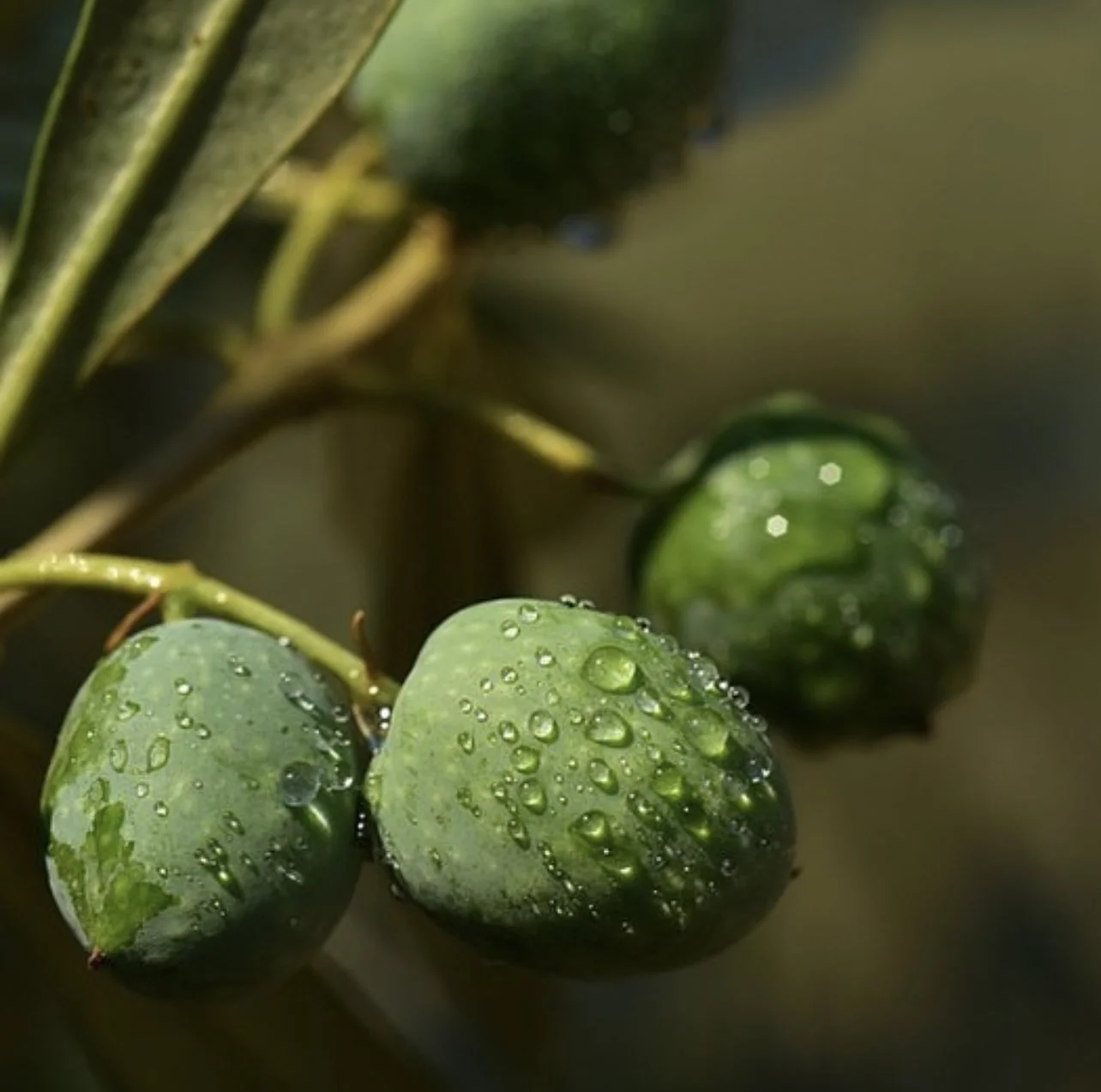What Happens During an Olive Oil Harvest?
Phileos produces their single-source olive oil the same way their ancestors did. Hand-picked from Old World trees, pressed in small batches and sent ready for your dinner table.
We include the production date on all of our bottles. Most other olive oil manufacturers use different batches of oli from separate regions and place expiration dates on the label instead of production dates. With us, you'll always know exactly when and where your olive oil was made from.
On average, olive oil pressed from the olives grown in Greece has the highest concentration of polyphenols of any olive oil produced anywhere else in the world.
Our extra virgin olive oil is sourced from the finest olive groves in Laconia in the Peloponnese, Greece where the warm rocky hillsides along the Aegean Sea provide optimal conditions for producing high-quality olive oil.
So, what actually happens during our olive oil harvest in Greece?
STEP 1:
First things first, the olives are in their prime and ready for harvest in October. Our olives are harvested early when they are still green but beginning to turn purple. The fruit produces less oil but the oil is very high in polyphenols (antioxidants) at this time.
The secret to an excellent olive oil is simplicity. That means starting with the best olives. Most of our trees are hundreds (even thousands) of years old, which means more flavorful fruit. A taste that stands the test of time. Phileos ancient olive trees require two things to thrive: water and sunshine.
Harvesting is a family affair and family members come from near and far to help with the harvest and always when it is complete, there is a celebratory feast. Dating back to ancient times it has always been an important time of year.
STEP 2:
To begin the harvest, large nets are laid around the base of the tree to catch the fruit as it falls. This is where things start to differ from large commercial olive farms in Australia & Italy, where olives are harvested using large machines. In Lakonia the process is slower but gentler to protect the beautiful hundred-year-old trees and their root systems and the precious fruit.
STEP 3:
Once the nets are down the farmers handpick the olives using ancient techniques- rakes or small portable machines with spinning rubber ‘fingers’ that shake the olives from the branches. The fruits are collected in the nets, roughly cleared free of leaves and transported in cloth sacks to the nearest mill. It is essential for the quality of the olive oil that the time between harvest and milling is as short as possible, so there are many oil mills in the area that run around the clock during harvest season. Only a few hours after the olives are separated from the tree, the bright green aromatic oil is extracted.
STEP 3 CONT…
Our farmers are there each step of the way to ensure the quality of the oil. The trees are carefully tendered, watered and lovingly maintained during the growing process and careful attention is given to protecting the unique natural environment where they work. They manage the harvest and oversee the harvest and extraction process to ensure the highest quality product.
STEP 4
Traditional and simultaneously modern methods of cultivation are used by the producers. The olive oil is extracted on the day of harvest using cold extraction methods. The olives are washed and de-leafed and the entire fruit is crushed into an olive paste. This is centrifuged to separate the oil/water from the rest of the fruit and the water and microparticles are then separated from the oil. The olive oil is kept in temperature-controlled conditions with strict hygiene control using ultra-modern equipment. The result of the whole process is the production of an excellent quality product which is fruity, pungent (peppery), golden green colour which has a particularly low acidity.
STEP 5
The olive oil is tested for quality which includes measuring the polyphenol content and the acidity. The acidity of the olive oil is approximately 0.32% (to be classified as extra virgin olive oil the acidity must be less than 0.8%). This is a measure of the rancidity of the oil and the very high polyphenol concentration ensures that it is ranked with the world's best olive oils.
The olive oil is put into our tins, on a pallet and shipped directly to Olea Of Monemvasia in Brisbane, Australia. The official importer of Phileos extra virgin olive oil in Australia.
So now you have your fresh Phileos olive oil in your kitchen, you need to use it. We have lots of recipe ideas here. Enjoy the taste and the benefits!






